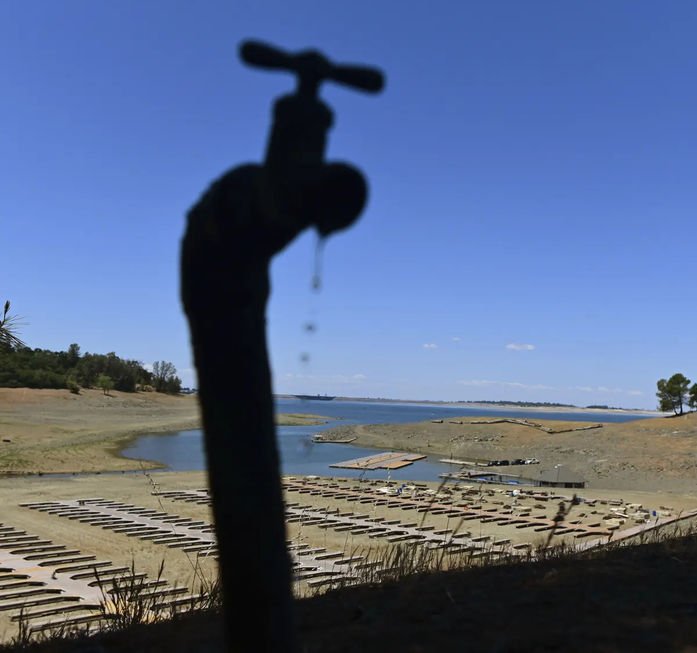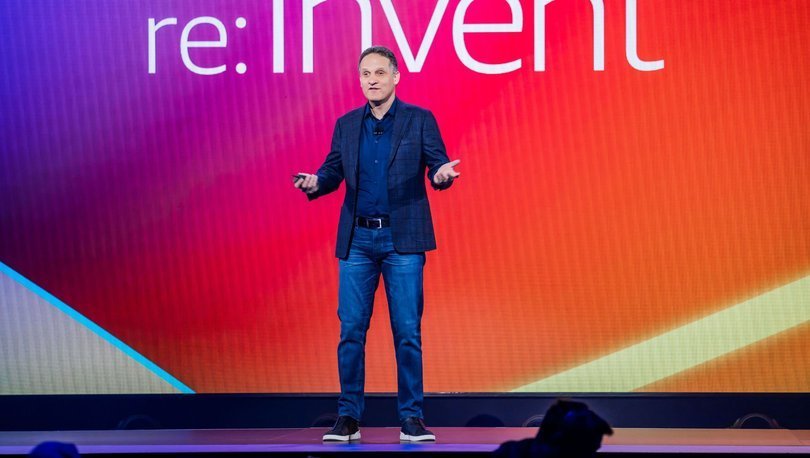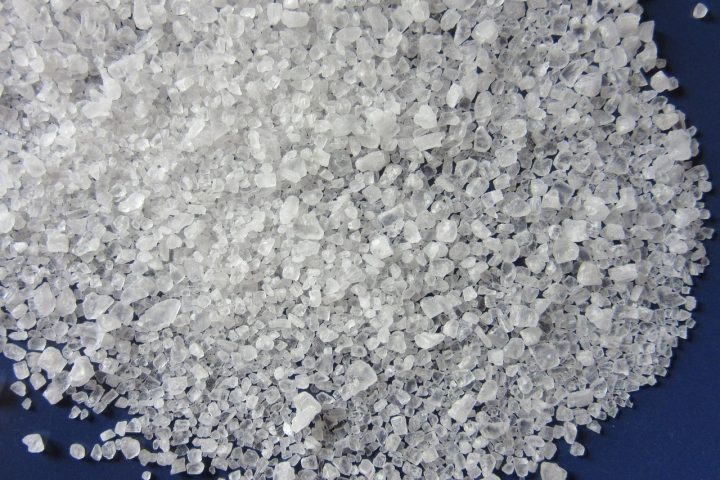Global technology giants have joined the race to become “water positive” in order to use water, which is critical for cooling servers in data centers, efficiently. AWS, Amazon’s cloud technologies company, has pledged to become water positive by 2030 by returning more water to communities than it uses in its direct operations.
In recent years, a new goal has entered the agenda of large companies that have committed to eliminate more carbon than they emit into the atmosphere and lined up to become “zero carbon”. In line with the efficient use of water, which is critical in cooling servers in data centers, especially in the technology sector, and the sustainability of its consumption, global technology giants started to announce their goals of becoming “water positive” one by one after “zero carbon”.
Amazon Web Services (AWS), Amazon.com’s cloud technologies company, announced at its annual conference, AWS re:Invent, that it will become water positive (Water+) by 2030 by returning more water to communities than it uses directly in its operations.
AWS also announced its 2021 global water use efficiency (WUE) metric of 0.25 liters of water per kilowatt-hour, and as part of its commitment to be water positive, AWS will report annually on its WUE metric, new efforts to reuse and recycle water, new activities to reduce water consumption in its facilities, as well as new and existing water replenishment projects.

“WE WILL SAVE MORE THAN WE USE”
Speaking at the AWS re:Invent event in Las Vegas, USA, attended by more than 50,000 developers, partners and customers, AWS CEO Adam Selipsky said:
“Water scarcity is a major issue around the world. In just a few years, it is estimated that half of the world’s population will live in water-stressed regions. So to ensure all people have access to water, we all need to develop new ways to help conserve and reuse this precious resource. We know there is more we can do. We are committed to returning more water to our Cloud operations and the communities where we operate than we use.”
Amazon also announced a $10 million contribution to Water.org to support the launch of the Water and Climate Fund, which will provide climate-resilient water and sanitation solutions to 100 million people in Asia, Africa and Latin America. According to a statement, this donation will provide 3 billion liters of water each year to people in water-scarce regions by 2025, enabling 1 million people to have direct access to water.
“Our partnership with Amazon and AWS is already delivering more than 805 million liters of safe water to communities around the world every year,” said Matt Damon, co-founder of Water.org.

WHAT STRATEGIES WILL BE FOLLOWED?
Aiming to be water positive by 2030, AWS announced that it will implement the following four strategies:
Water efficiency: Leveraging cloud services such as Internet of Things (IoT) technologies to analyze real-time water use and detect and fix leaks. For most of the year, the company does not use free-air cooling instead of water to cool data centers in most of its facilities. AWS is also investing in on-site water purification systems that allow water to be reused multiple times.
Sustainable resources: Use sustainable water sources such as recycled water and rainwater harvesting where possible. Recycled water can only be used in a limited number of applications, such as irrigation and industrial use, and using recycled water in these areas protects drinking water, which is critical for communities. AWS announced that it already uses recycled water for cooling in 20 data centers worldwide and plans to use recycled water in more of its facilities as part of its efforts to be water positive.
Reusing water for communities: Water used in data centers can still be used in many other areas. In Oregon, AWS provides up to 96 percent of the cooling water from its data centers to local farmers for free to irrigate crops such as corn, soybeans and wheat, according to a statement.
Water replenishment: Replenishment projects improve water access, availability and quality by restoring watersheds and providing clean water, sanitation and hygiene services to water-stressed communities. To date, AWS has carried out replenishment projects in Brazil, India, Indonesia and South Africa, providing 1.6 billion liters of fresh water to people in these communities every year. In addition to its existing water replenishment programs, AWS announced that it will launch new projects that will provide more than 823 million liters of water to communities every year.





